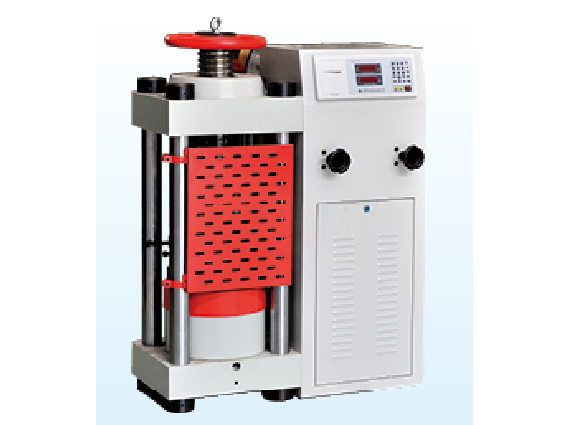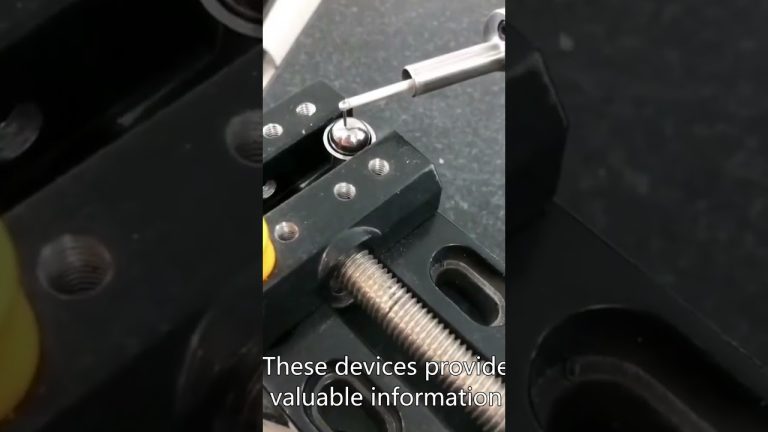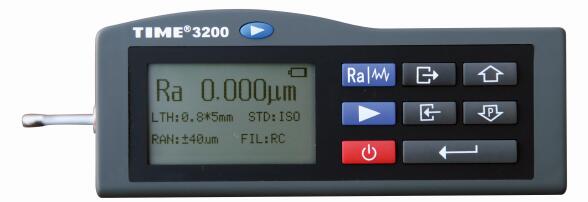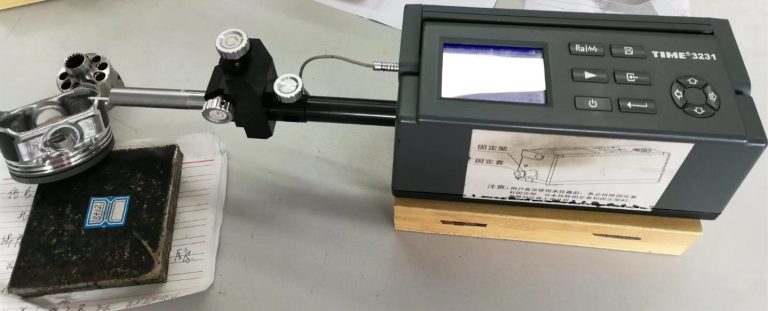The instrument that detects the color of an object can be called a colorimeter. However, there are many types of colorimeter, including colorimeter and spectrophotometer. There are many colorimeter and spectrophotometer products on the market, which makes many customers often have a headache about which product to choose when choosing this product.
Today, let’s talk about the difference between a colorimeter and a spectrophotometer, and how to choose one.

What is a colorimeter?
A colorimeter, literally, detects the difference between the colors of different objects. It generally uses the filter principle to judge colors. Filters are made of glass or plastic with special dyes added. The refractive index of undyed glass is similar to that of air, and all colored light can pass through; while the molecular structure of dyed glass will change, and the refractive index will change. Also different, the red filter can only let red light pass through, the green filter can only let green light pass through, and the blue filter can only let blue light pass through. For example, when a beam of white light passes through a blue filter, a beam of blue light is emitted, while very little green light and red light are absorbed by the filter.
A colorimeter based on the filter principle is equipped with a colored filter. After the colored light reflected by the target sample passes through the filter, the instrument will read the data of the corresponding color, but this data is only a relative value, which is inaccurate.
Characteristics of colorimeter:
Because the structure of the colorimeter is simple and the color data it gives is not accurate enough, this type of product can only be used for quality inspection to detect the color difference of products. It belongs to the low-end category of colorimeter products and is relatively cheap.
What is a spectrophotometer?
The spectrophotometer uses the principle of grating spectroscopy to measure color. A grating is an optical element that is engraved with a set of parallel periodic lines or grooves (often engraved into bevels) on a plane. When a beam of compound light is incident on the grating plane, diffraction will occur due to its periodic structure. The transmitted or reflected diffracted light will also interfere. The energy of the light will be redistributed. Light of different wavelengths will travel in different directions, forming a pattern at a certain position. Superposition of extreme values at specific wavelengths to achieve light splitting. All spectroscopic colorimeter can produce spectral curves. The spectral curve is equivalent to a color ID card, which is unique. Therefore, the color data read by the spectrophotometer is absolutely accurate.
Features of spectrophotometer:
Because this type of product can accurately measure the specific value of color, it is currently the mainstream technical method in the field of color measuring instruments. It is a high-end product and the price will be higher. A colorimeter that adopts the spectroscopic principle. Because it adopts the spectroscopic principle, it can provide 30+ kinds of measurement parameters and 37 kinds of evaluation light sources. The DS-700D also has an automatic calibration function and the function of connecting Apps, small programs and computers to process data, which is very convenient. .
How to choose a suitable colorimeter
When actually choosing a colorimeter and spectrophotometer, you can choose from the following dimensions: 1. Budget: if you have a small budget, choose a colorimeter; if you have a sufficient budget, choose a spectrophotometer; 2. Accuracy requirements: the accuracy requirements are not high. If you only need the quality inspection function, choose a colorimeter; if you have high requirements for accuracy and need to measure the absolute value of color, choose a spectrophotometer; 3. If you need color matching: choose a spectrophotometer; 4. If you need data transmission and communication: choose a spectrophotometer Colorimeter.







